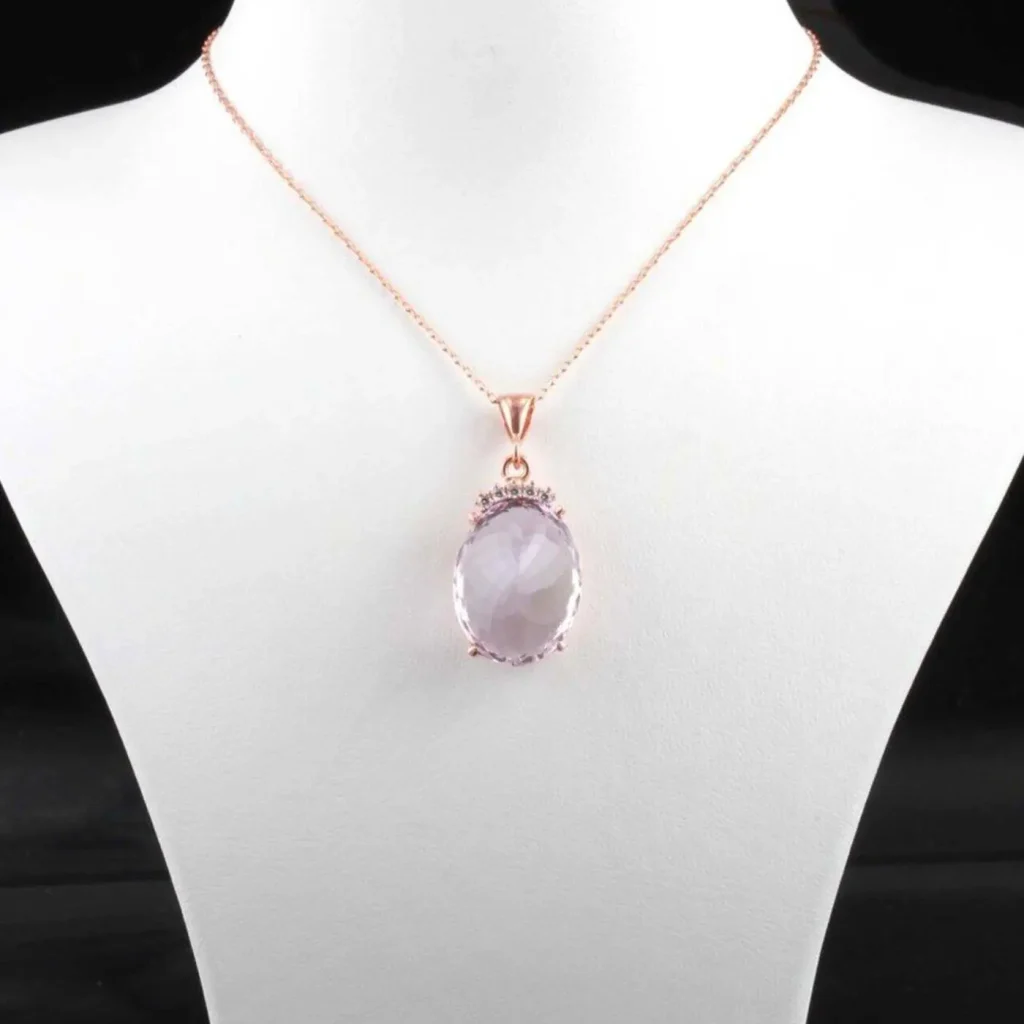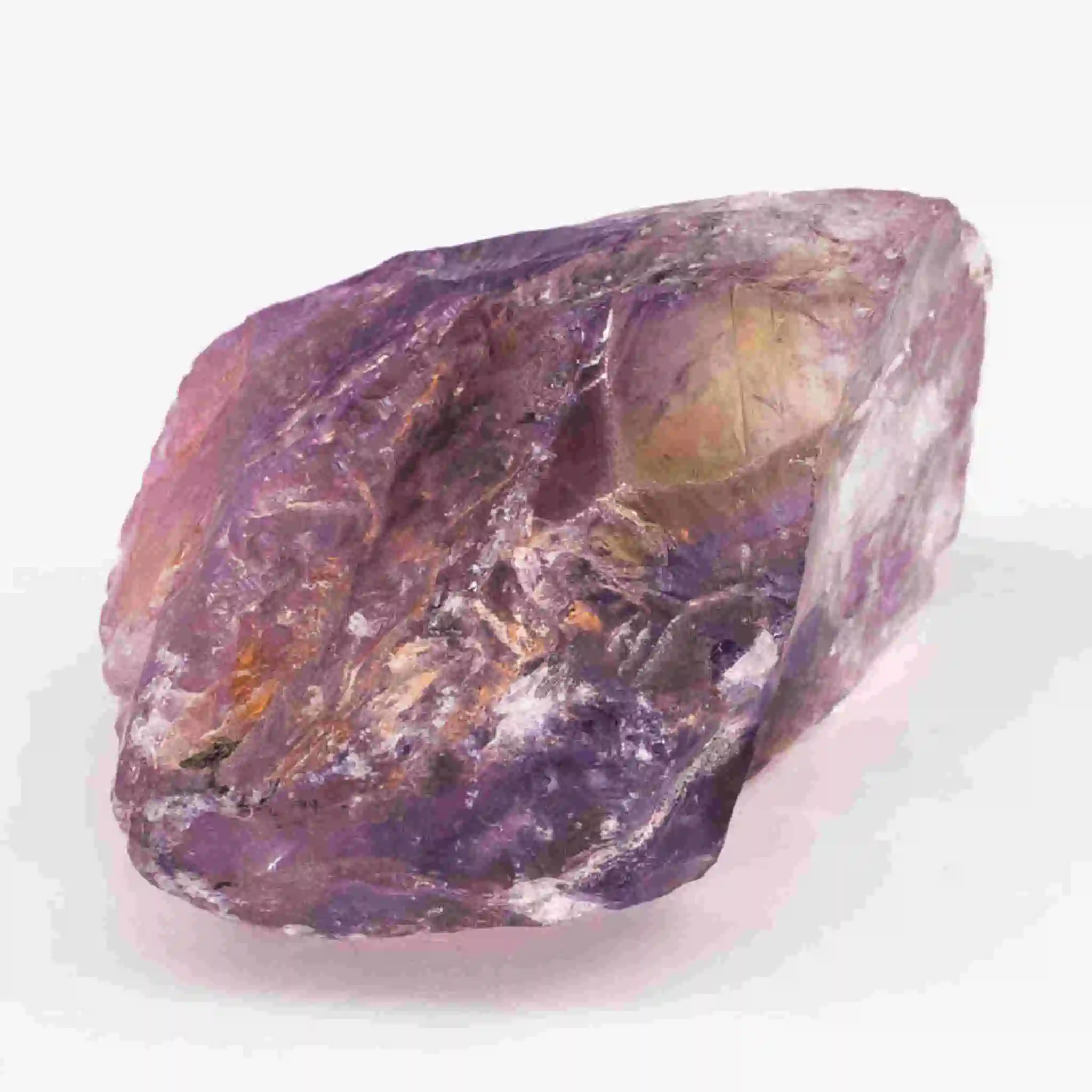Ametrine (Ametrine) stone stands out from many other types of natural stones due to its general structure and benefits. Also known as Bolivianite, the Ametrine stone is particularly notable for its purple and yellow color feature, marking it as an eye-catching natural stone. Belonging to the quartz group, the Ametrine stone is formed from the combination of amethyst and citrine stones, which are part of the same group.
What Are the Benefits of the Ametrine Stone?
Like many natural stones, Ametrine boasts numerous benefits. The primary source of Ametrine stones is the Anahi mine in Bolivia, though they are also found in small quantities in other countries. The benefits of the Ametrine stone notably include:
- Significantly enhancing self-awareness.
- Having a supportive effect in alleviating a range of conditions linked to depression and stress.
- Beneficial in drawing away negative energy from the surroundings.
What Is the Use of Ametrine?
Looking at the historical and current uses of Ametrine for human health, its numerous benefits are clear. Its strong purification property helps remove harmful toxins from the body and reduce negative thoughts. In this context, users of Ametrine believe in the following benefits of the stone:
- Purifies the blood,
- Reduces symptoms of chronic fatigue.
- Beneficial for ulcers.
- Strengthens the immune system.
What Does Ametrine Mean?
Like other healing stones, Ametrine has been believed to hold various meanings over time. Nature and objects can be imbued with many different meanings. The meaning of Ametrine is related to the properties of the stone. Ametrine is said to play a role in uncovering the true causes of issues, drilling down to their very root.
What Are the Characteristics of Ametrine?
The Ametrine stone’s numerous technical characteristics also define its distinctive features. Like other stones in the quartz group, its unique structure is eye-catching. Its color harmony and structure have secured it a broad range of uses and highlight its benefits. The characteristics of Ametrine can briefly be summarized as follows:
- The Anahi mine in Bolivia is its natural source.
- It has a unique harmony and complexity of colors.
- Displays a beautiful blend of purple and yellow.
- Is formed by the combination of amethyst and citrine stones.
How Can You Tell If Ametrine Is Real?
The authenticity of Ametrine stones can be determined using various techniques. Particularly through examining its technical characteristics with different tools, it’s possible to ascertain its authenticity. Visual examinations looking at its color and structure can also provide a good indication. For genuine natural healing stones like Ametrine, it’s essential to purchase from reputable sellers.
How Is Ametrine Cleaned?
The Ametrine stone is noted for its delicate nature. Like with most quartz group stones, it can be cleaned or purified of negative energy by burying it in soil, soaking in water, or leaving out in the sun. The cleaning of Ametrine does not necessarily have to be a frequent task.
Ametrine Stone Necklace

Unique Ametrine stone necklace designs are catching everyone’s attention these days. For those looking to continuously benefit from the stone’s advantages and feel positive energy throughout their body, these accessories are incredibly beneficial.
Can Ametrine Go in Water?
The cleaning of Ametrine stone can also be done by soaking in water. However, to preserve the stone’s natural structure during cleaning, clean water should be used and chemicals must be avoided at all costs. Considering the distinctive characteristics of Ametrine, maintaining and cleaning procedures should be tailored to products made from Ametrine.
